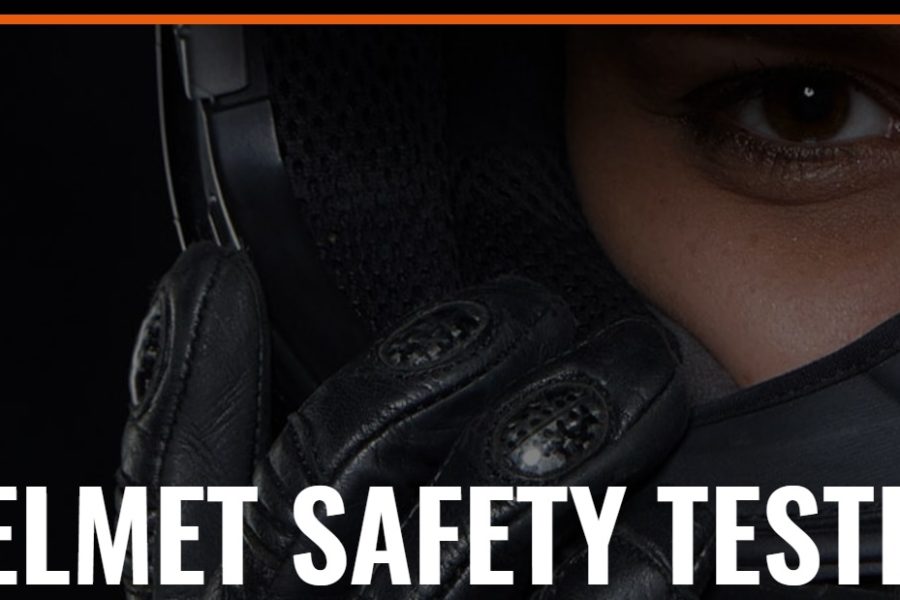A new company is answering a longtime need of the motorcycle community: helmet damage. How do we know when a helmet needs replacing? How can we tell if the shell is damaged, even if the foam inside is fine?
I’ll say first thing: if you have had a good crash, andyour helmet has hit the ground with your head in it, you should get a new helmet. That is the definition of the single-use foam within the helmet. Even if there is very little visible damage to the shell, your head meat has compressed the foam inside. The helmet has done its one job and should be retired.
The EPS foam liner of a motorcycle helmet is generally painted black. When the black paint is disturbed, that’s a sign that the foam has compressed or otherwise lost its integrity.
Riders discusshelmet safetyand hold beliefs akin to religion, however. Some folks will replace a helmet after a topple off a motorcycle seat. Some willwear theirs until it’s literally falling apart. Where do wedraw the line? Until now we’ve had only vague information with which to calculate our own risk tolerance. We had no read way to know if the helmet was “safe” anymore.
Who Are They?
The name of the company, fittingly if not very creative, isThe Helmet Inspection Company. They are, importantly, an independent company based in the UK. They are not affiliated with any helmet manufacturers. A scan of your helmet will run you £39.99 (around $55 USD) plus shipping (unless you live in the UK), which won’t be insignificant. If you’ve spent $500, or $600, or maybe $900 on your helmet, that might be worth it.
We riders depend a lot on our helmets, so peace of mind is important. If you have pets, or kids, or just a clumsy streak, this might be yours.
What Do They Do?
If your foam liner seems fine and you see no visible damage to the shell of the helmet, The Helmet Inspection Company can scan that shell. From their website:
“We apply a small amount of heat to your helmet, usually no more than +3degC. As your helmet starts to cool, the rate at which the composite material cools differs between “good” composites and “bad” composites. These differences become visible to the naked eye on our computer system when we fire the Star Wars laser at your helmet.”
Welp, they have my vote.







